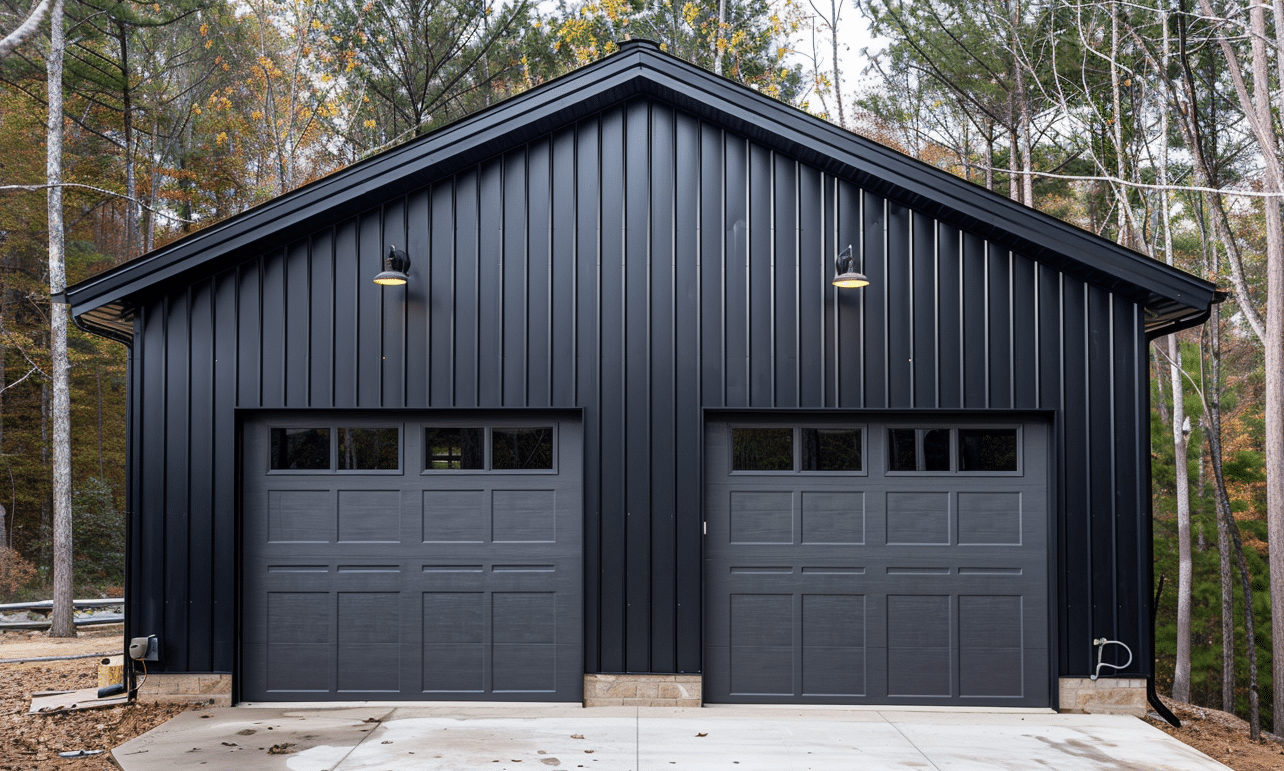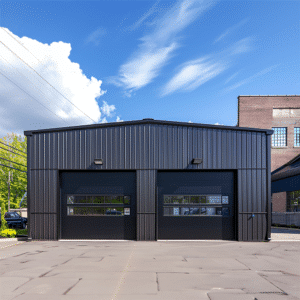In the world of commercial construction, navigating complex regulations can feel like an intricate dance. These guidelines ensure that commercial developments are safe, accessible, and in harmony with environmental standards. However, for those new to the scene—or even seasoned veterans—the labyrinth of commercial construction regulations might appear daunting. What if we looked at it differently? Think of it as painting by numbers. Each regulation is a color in your palette, and when applied correctly, you create a masterpiece—a safe, compliant, and aesthetically pleasing building. But how do we achieve this? Let’s delve into the essentials.
Understanding the Foundation of Commercial Construction Regulations
At the heart of commercial construction lies a commitment to safety and compliance. Regulations often revolve around zoning laws, building codes, fire safety, and environmental standards. But why are these critical? Well, imagine constructing a skyscraper without a sturdy set of rules—the results could be catastrophic. Thus, regulations act as the blueprint for safety and quality assurance.
Building codes ensure structures are built to sustain common hazards like earthquakes or extreme weather conditions. These codes vary by location, as seismic activity and weather patterns dictate different requirements. For instance, regulations in Toronto differ significantly from those in Vancouver.
The Role of Commercial Builders
Navigating these codes necessitates expertise—enter the Commercial Builders. They bring technical acumen and experience, ensuring that your project adheres to local and national regulations. These professionals have a keen eye, identifying potential pitfalls and recommending best practices.
But, what if you’re building a relatively straightforward structure like metal buildings? Don’t be fooled by simplicity. Even the most modest structures require careful consideration of zoning laws and environmental impact.
Zoning Laws and Their Importance
Zoning laws dictate where you can build, what you can build, and how a building can be used. They segment areas into specific zones like residential, commercial, or industrial. Proper understanding prevents unwelcome surprises during your development process—no one wants to discover their commercial gym is in a residential zone, resulting in costly shutdowns or relocations.
Design Aspects: Balancing Regulations with Aesthetics
Regulations are not just about legalities—they can influence the aesthetic elements of a commercial property. For example, rules around facade design not only ensure visual coherence within a district but also maintain a standard of quality. To explore how these designs have evolved, consider the insights from Commercial building facade design.
Another design element entwined with regulations is accessibility. Accessibility in commercial buildings is not just a regulatory box to check. It’s about creating equitable spaces that everyone can enjoy, which enhances the building’s user-friendliness and market value.

Strategies for Navigating Commercial Construction Regulations
Achieving compliance while maintaining design integrity can feel like juggling flaming swords. Here are some strategies to keep those flames under control:
– **Partner with Experts:** From architects to environmental consultants, collaboration ensures holistic compliance.
– **Invest in Compliance Tools:** Software that tracks ever-changing regulations can be invaluable.
– **Engage Early with Authorities:** Getting buy-in from local authorities during the planning stages can save time and resources.
– **Prioritize Sustainability:** Environmental regulations are becoming stringent. Align with sustainability goals from the outset to future-proof your project.
Leveraging Technology in Construction Compliance
The advent of technology in construction has opened doors to innovative compliance methods. Software solutions can automate the compliance management process, tracking regulatory changes and applying them to your blueprints. For a broader perspective on industry trends, browse through Construction Dive (Construction Dive).
Conclusion: The Path to Mastery
Understanding and complying with commercial construction regulations might initially appear formidable. However, with the right tools and partnerships, you can transform this challenge into an opportunity for exceptional quality and design. Regularly engaging with updated regulations and industry trends ensures your structures are not just compliant, but exemplary. Remember, each regulation is a brushstroke in your architectural painting. When you master these brushstrokes, you infuse safety, accessibility, and aesthetic brilliance into the heart of your cityscape.
A world of opportunity awaits in commercial construction, where your imagination and regulatory adherence converge to transcend the ordinary, crafting spaces that are not only structures but pillars of community and innovation.










